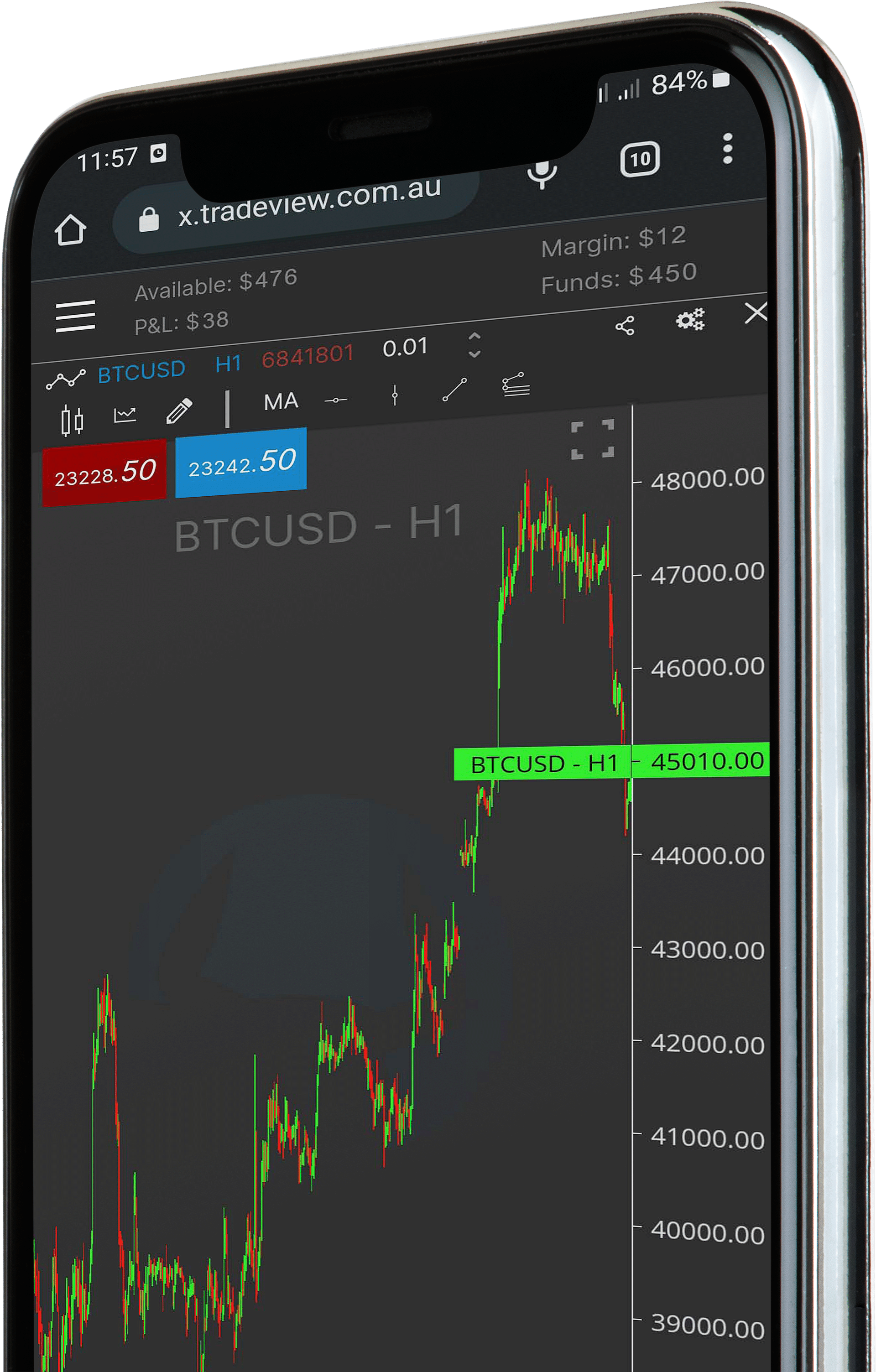Welcome to Episode 3 of Trading Talk.
Daily Hedging
Trading Talk is a weekly video series that shows you different trading strategies and techniques that traders in Trade View use.
We cover a specific trading topic every week. This will ensure you learn a variety of concepts you can apply in your own trades.
With Trade View X, we automate our trading strategies and build algorithmic models to maximise market movements.
If you are looking to upgrade your trading skills from manual to automated, then Trading Talk can help you with this.
By watching the videos every Friday, we are confident you will learn to build your own working automated trading models.
This episode is the second of a series, where we will be adding & testing some trailing conditions to the concept we developed in the previous episode.
Over the series, we will continue to add to this model and improve the strategy.
You will get to see the thought process and steps that go into building a trading system.
Hedging strategies
Hedging strategies can be used to protect investors from potential losses in their existing investments. A simple example of a hedging strategy is purchasing an offsetting investment that closely mirrors the performance of the original investment and will go up or down in value alongside it. For example, if you have invested in stocks, you could create a hedge by investing some money into options or futures contracts on those same stocks.
Another popular hedging strategy is buying insurance against a certain type of risk. This can involve buying put options as protection against a market downturn, or purchasing index-based derivatives to guard against sector-specific risks. Additionally, currency hedging can be used to protect portfolios from adverse exchange rate movements by reducing exposure to foreign currencies through forward currency contracts, futures contracts, and options.
When it comes to executing a hedging strategy, there are several key factors to consider. First, you will need to choose an appropriate hedge vehicle for your specific needs; for example, a stock index’s performance may be less volatile than the underlying stocks comprising that index. It is also important to determine how much of the original position should be hedged and at what cost. Additionally, investors should pay close attention to the effectiveness of their hedges over time by monitoring changes in their risk exposure as markets move around them.
Overall, trading hedging strategies can help reduce portfolio volatility and guard against potential losses in existing investments. However, it is essential for investors to understand the risks and costs associated with implementing such strategies. Through careful consideration of their goals, risk appetite, and other factors, investors can make optimal decisions when it comes to hedging their portfolios.
To see all the Trading Talk episodes in full check out www.tradeview.com.au/trading-talk/
Ready to start trading? Sign up with our Partner Broker www.tradeview.tech





